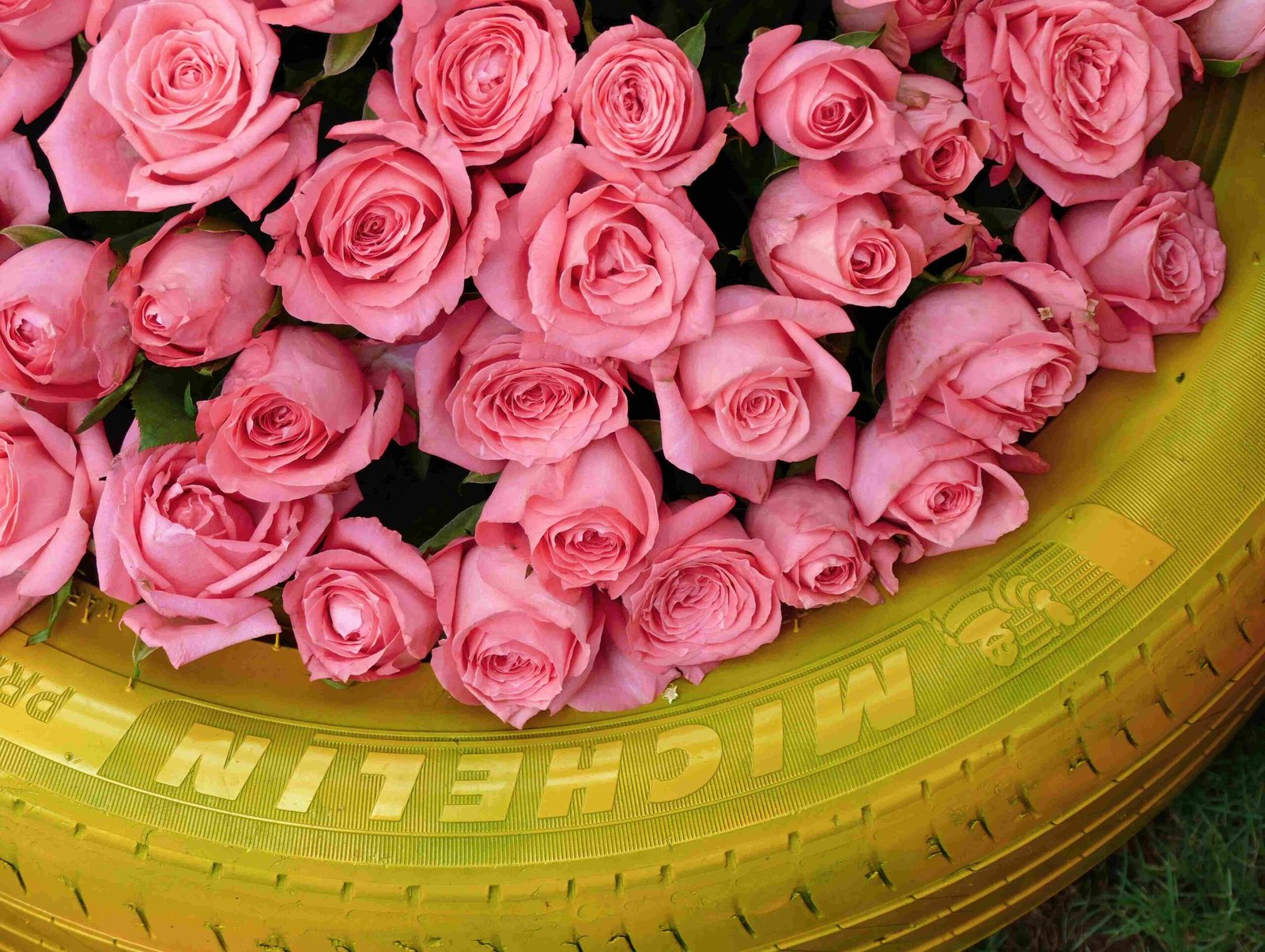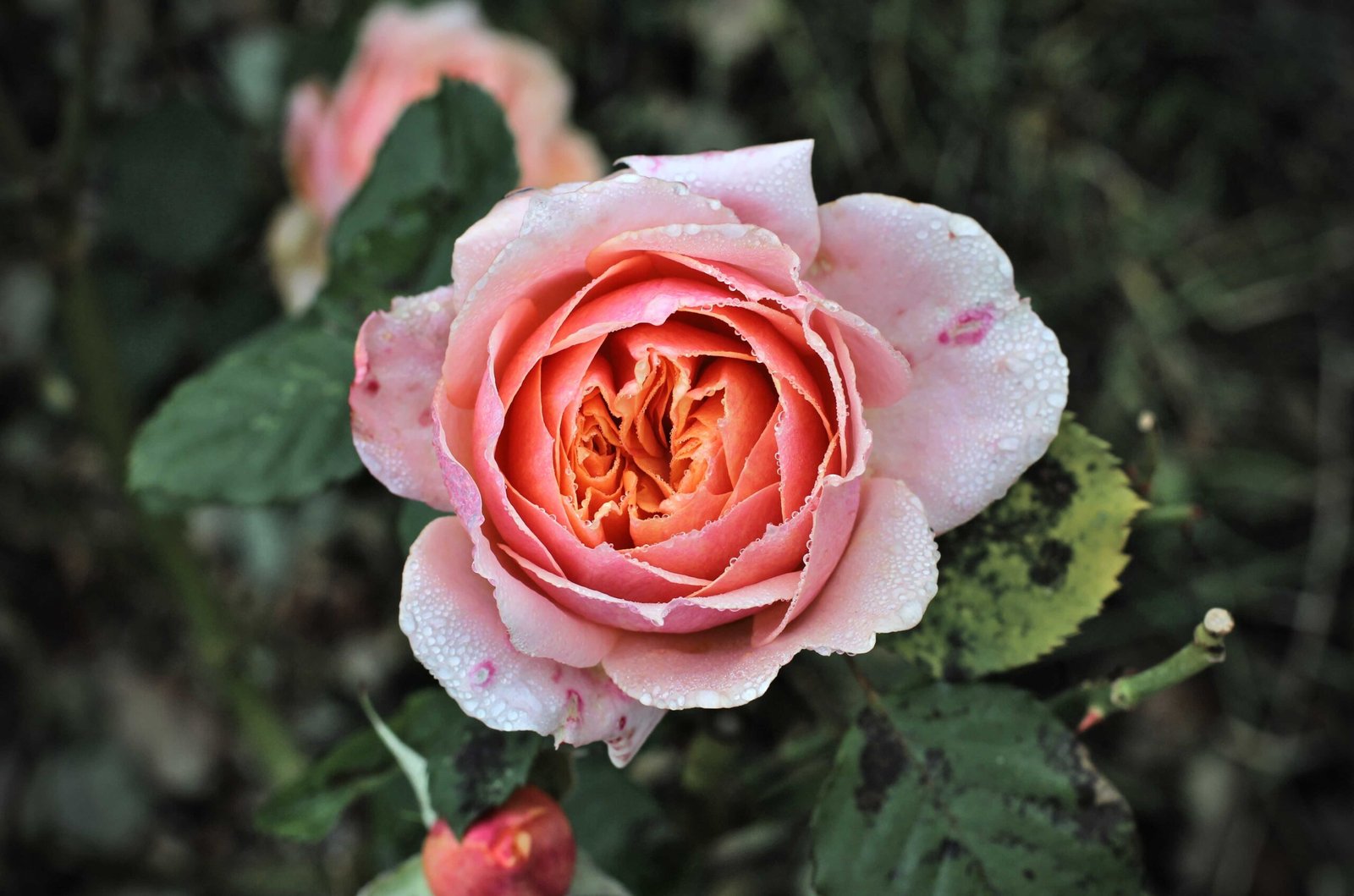How Often Should You Fertilize Hybrid Tea, Floribunda, and Other Repeat-Blooming Rose Bushes?

Hybrid tea, floribunda, and other repeat-blooming rose bushes require more frequent fertilization to maintain continuous blooming. Start fertilizing when the first leaves appear and there is no more danger of severe spring frosts, typically in late March or early April. Fertilize every 3 to 4 weeks during the blooming season, such as in early spring, mid-spring, and then continue through summer until about 6-8 weeks before the first average frost date. After each bloom cycle, you can fertilize again, gradually reducing the amount of fertilizer by half each time.
How Often Should You Fertilize Climbing and Rambling Rose Bushes?

Climbing and rambling rose bushes have similar needs to hybrid teas and floribundas but may require slightly less frequent fertilization due to their growth habits. Fertilize these rose bushes every 4 weeks during the growing season. Climbers in pots may need more frequent fertilization (every 2-3 weeks) because nutrients leak out faster in containers.
How Often Should You Fertilize Once-Blooming Rose Varieties?
Once-blooming rose varieties, such as species roses and large ramblers, require less frequent fertilization. Fertilize these roses once in the spring when new growth appears, and possibly once more after blooming. These roses are more tolerant of neglect and can thrive with minimal care.
What Types of Fertilizers Should You Use and How Much?
Liquid Fertilizers
Use mild liquid fertilizers like fish emulsion or fish fertilizer, especially for newly planted roses. Apply every 3 to 4 weeks during the growing season. For example, mix 2 tablespoons of fish emulsion per gallon of water and use half a gallon per plant.
Granular Fertilizers
For established roses, granular fertilizers with an N-P-K ratio such as 10-8-10 or 5-10-5 can be used. Apply granular fertilizers every 4 weeks during the growing season. Sprinkle the fertilizer around the base of the rose, to the width of the canopy, and gently mix it into the soil. Avoid using granular fertilizers on newly planted roses, especially during the first growing season, as they can burn the roots.
Specialized Fertilizers
In late fall, use fertilizers with little or no nitrogen, such as bone meal or rock phosphate, to promote root growth and next year’s blooms.
Other Factors to Consider When Feeding Rose Bushes
Soil Type and pH
Soil pH affects nutrient uptake. Test the soil pH and adjust it if necessary to ensure optimal nutrient availability. Roses prefer a pH between 6.0 and 6.5.
Climate
Avoid fertilizing in extreme heat or during periods of drought. Water the roses deeply before and after fertilizing to prevent root burn.
Container-Grown Roses
Roses grown in containers need more frequent fertilization (every 2-3 weeks) because nutrients are quickly leached out of the potting mix.
Signs of Nutrient Deficiency and Corrective Measures
Visual Symptoms
- Nitrogen Deficiency: Yellowing leaves, slow growth, and reduced blooming. Corrective Measure: Increase nitrogen-rich fertilizers like fish emulsion or ammonium sulfate.
- Phosphorus Deficiency: Stunted growth, purpling of leaves, and reduced root development. Corrective Measure: Use high-phosphorus fertilizers like bone meal or rock phosphate.
- Potassium Deficiency: Weak stems, yellowing edges on leaves, and reduced resistance to disease. Corrective Measure: Use fertilizers high in potassium, such as tomato feed or a balanced fertilizer with a higher potassium content.
Other Deficiencies
- General Nutrient Deficiency: Poor blooming, weak growth, and increased susceptibility to pests and diseases. Corrective Measure: Ensure regular fertilization, adjust the type of fertilizer based on the growth stage, and maintain good soil health through mulching and composting.
